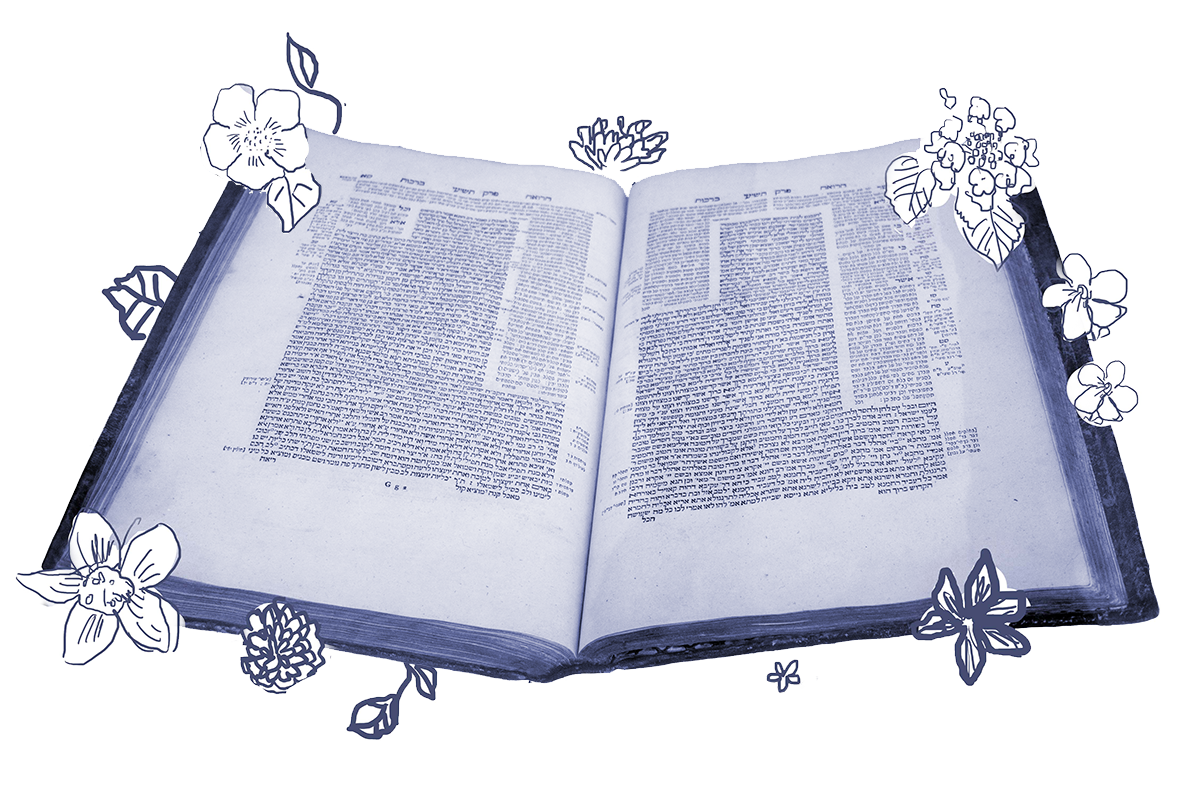The magic of midrash is that it uses biblical sources in a startling array of diverse and creative ways. Biblical verses are used to define religious practice. They are cited as proof texts in legal arguments. They serve as jumping off points for homilies. Sometimes, the rabbis will cite and interpret long biblical passages; other times, they will quote individual words or short phrases. The interpretations can hinge on careful reading, logical argumentation, thematic associations, and wordplay.
Sometimes, the superficially light-hearted nature of the rabbis’ midrashic reading belies the ways in which it is in fact a deeply serious exercise in interpretation. Students can miss this point — as one did on today’s page.
Today we find ourselves in a conversation about the interpretive process that plays on the word “Sinai,” the name of the mountain where the Torah was given:
One of the sages said to Rav Kahana: Have you heard the reason why the mountain is called “Mt. Sinai”?
Rav Kahana said to him: Because on Mt. Sinai miracles (nissim) were performed for the Israelites.
The sage to him: If so, it should have said, “Mt. Nisai.”
In answering the sage’s question, Rav Kahana connects the name “Sinai” (spelled samech, yud, nun, yud) to the similar-sounding word nissim (nun, samech, yud, mem). Essentially, Rav Kahanna has made a weak pun to make a serious point about the significance of the mountain: the giving of the Torah was a bonafide miracle.
With your help, My Jewish Learning can provide endless opportunities for learning, connection and discovery.
But the student can’t see past the imperfect wordplay, insisting that in order for the name of the mountain to relate to the miracles that occurred there, the order of the letters in the name would have to be closer to those of the word nissim, and suggests “Nisai” (nun, yud, samech, aleph, yud).
Instead of refuting the student, Rav Kahana offers a second pun — this one perhaps a bit closer to the original name of the mountain. He notes that Mt. Sinai was a good omen, a siman (samech, yud, mem, nun) for the Israelites. The unnamed and more literal-minded sage rejects this midrash as well and on similar grounds, arguing that if we were really meant to understand that the mountain was a good omen, it would have been called “Mt. Simanai.”
Now frustrated, Rav Kahana exclaims:
“What is the reason that you do not frequent the school of Rav Papa and Rav Huna, the son of Rav Yehoshua, who study aggadah (the process through which biblical passages are interpreted for non-legal purposes)?”
The unnamed sage who cannot accept the connection between Sinai and “Nissim” or Sinai and “Simanim” is missing an entire world of rabbinic interpretation — and an important one, at that. We might easily sympathize. It’s not uncommon for readers, ancient and modern, to have difficulty understanding the logic behind rabbinic midrash. Many of us have found ourselves in the camp of this unnamed sage, rejecting a rabbinic interpretation because it appears to be too fanciful or far-fetched.
But it is clear the Talmud wishes us to follow Rav Kahana. The more one studies midrashic reading, the more one understands the ways in which it opens the text to a world of various and meaningful interpretations. Rav Kahana’s puns on the name “Sinai” bring greater appreciation to the mountain, and the experience the Israelites had there. They enrich the text — even if the wordplay is not perfect.
Read all of Shabbat 89 on Sefaria.
This piece originally appeared in a My Jewish Learning Daf Yomi email newsletter sent on June 3, 2020. If you are interested in receiving the newsletter, sign up here.



